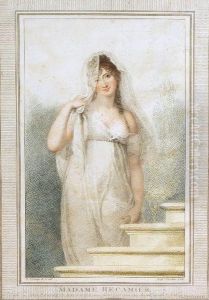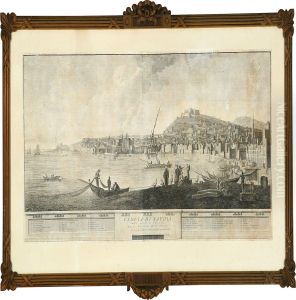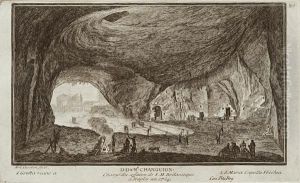Antoine Alexandre J. Cardon Paintings
Antoine Alexandre Joseph Cardon was a prominent Belgian engraver and artist, born in 1772 in Brussels, then part of the Austrian Netherlands. Cardon's artistic journey began under the tutelage of his father, who was also an engraver. This early exposure to the art of engraving shaped Cardon's career path, and he swiftly developed a reputation for his skill and craftsmanship in this medium. His works are characterized by their intricate detail and the delicate handling of lines, which allowed him to capture both the likeness and the essence of his subjects. Cardon's engravings often featured portraits, historical scenes, and reproductions of paintings, showcasing his versatility and mastery over his craft.
Throughout his career, Cardon's talent earned him recognition beyond the borders of his homeland. He became part of the vibrant artistic community in Europe at the turn of the 19th century, a period marked by significant political and social changes that influenced the arts. Despite the turbulent times, Cardon managed to maintain a steady output, contributing to the visual culture of his era. His works were not only appreciated for their artistic merit but also for their role in documenting important figures and events of his time.
Antoine Alexandre Joseph Cardon's legacy is preserved through his engravings, which continue to be studied and admired for their technical excellence and beauty. His contributions to the field of engraving have solidified his place in art history, particularly in the context of Belgian art. Unfortunately, Cardon's life was cut short when he died in 1813, at the age of 41. Despite his relatively brief career, the impact of his work endures, making him a respected figure among historians and art enthusiasts alike. Cardon exemplifies the skill and dedication of engravers of his era, serving as an inspiration for future generations of artists.


